Molecular Models at Murphy Elementary
Last year, before schools closed their doors and moved classes online, teacher Michele Sera and teaching artist Gina Lee Robbins began working with their 5th-grade students to explore scale, science, and ceramics by creating molecular models and an installation in the garden at Murphy Elementary.
When asked what sparked the idea for these molecular models, Ms. Sera explained:
“The general direction of this project began after a science discussion wherein the students were asked to create a drawing of the earth and then point in the direction of ‘up.’ This revealed that the understanding of the concept of ‘up’ is entirely dependent on one’s perspective relative to the earth.”
Additionally, Ms. Sera added that the class looked at examples of abstract 3-dimensional art:
“We looked at how abstract forms were rendered by focusing first online, and then on solid forms.”
Below, we take a deep dive into this fun and instructive process, as explained by Ms. Sera:
Molecular Models Part 1: Exploring Lines, Shapes, and Materials
“Students collaborated to create their own abstract forms, first by using 3D materials like wooden dowels, straws, and cardboard to create lines, or ‘draw.’ Students were challenged to think about different ways to orient or present their sculptures as the forms progressed.”
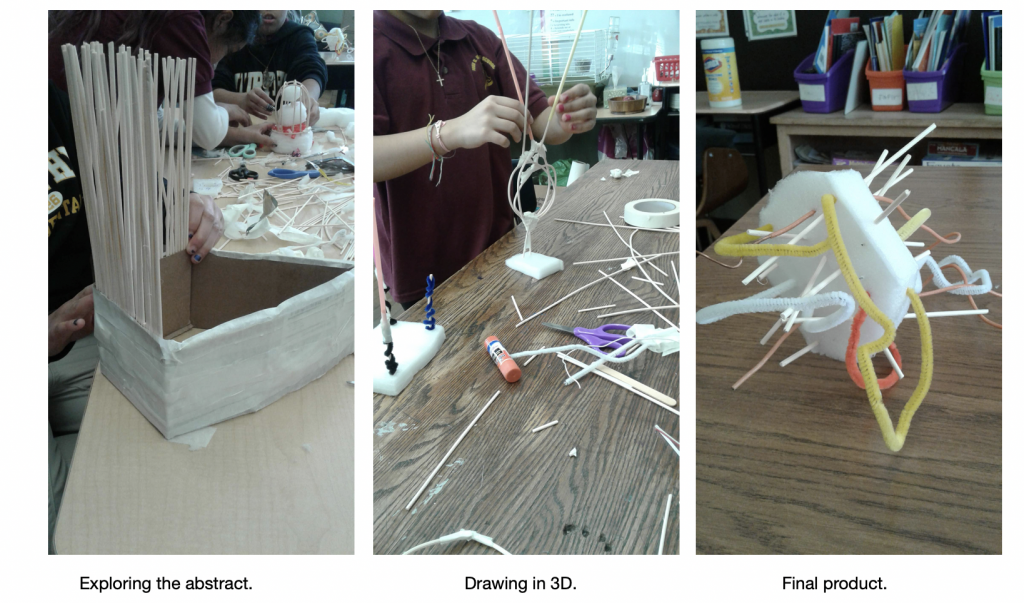
Molecular Models Part 2: Terra Cotta Sculptures
“…The final project involved looking at microscopic molecules of matter, and considering them on a different scale. The students replicated the microscopic forms into sculptures that could be held in their hands, using terra cotta clay. This portion of the project was interrupted by the restrictions put into place because of the global pandemic, including school closing.”
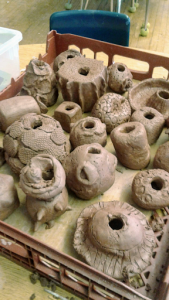
Students’ microscopic forms as terra cotta sculptures that could be held in their hands.
“[…] Just before the school closed, the kiln was started and the molecule sculptures were bisqued. During the pandemic, we received permission to return to the school to retrieve the fired sculptures and glaze materials so that we could distribute them to students for glazing at home. The teaching artist recorded an instructional video on how to glaze bisqueware at home. Students watched the video during a class meeting and glazed their sculptures while they were on the call.”
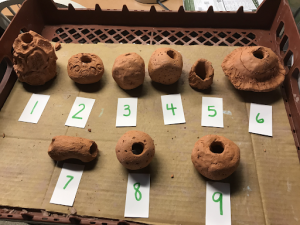
Unloading the kiln, matching bisqued work to student names for home delivery.

The glazed sculptures were collected and returned to the school kiln for their final firing.
“The students haven’t seen the sculptures since the glaze firing, so the first time they will see them complete is if they visit the schoolyard this summer. … [Through this project] Students learned to think innovatively about how you might experience an object, that sometimes the way that you intend it to be perceived is not how it is ultimately perceived at all. And sometimes your perception of your creation can change during the process of creation.”
Interested in other CAPE projects? Don’t miss this buffet of ice cream-inspired art and learning from New Sullivan Elementary!



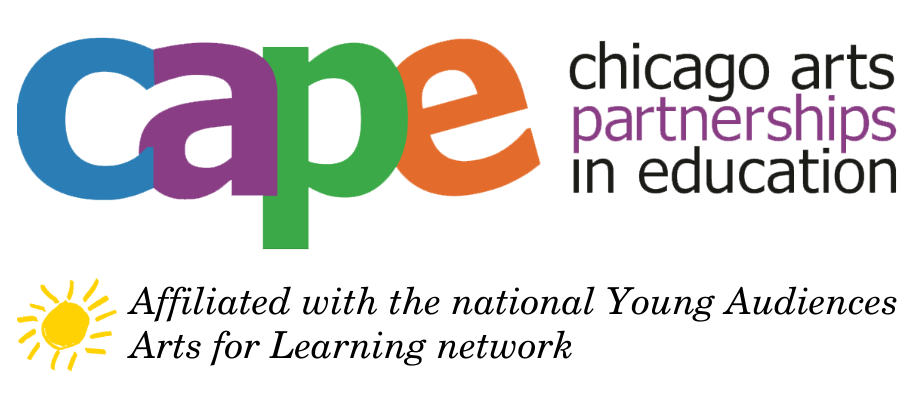

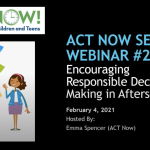
[…] out another CAPE project where students explore scale, science, and ceramics by creating molecular models and an […]